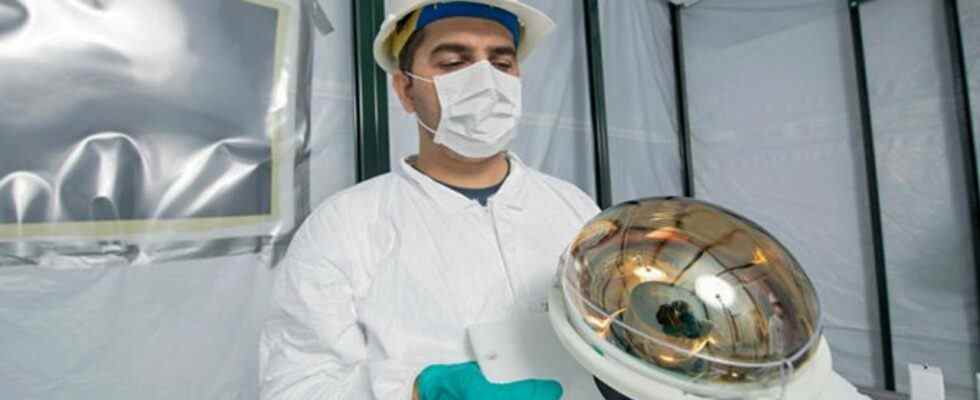Turkish scientist and Erciyes University Physics Department lecturer, Particle and Neutrino physicist Dr. Emrah Tıraş is also working on the CMS experiment at CERN and the ANNIE detector developed by Farmilab. Today, it came to the fore with a development in ANNIE.
Turkish scientist Dr. Emrah Tıraş announced an important development for ANNIE
He has been conducting neutron simulation studies and physics analyzes for ANNIE and NOvA for over five years. Emrah Tıraş is also known for his work on the CMS experiment at CERN and detector R&D studies for other high-energy particle detectors around the world.

The main focus of these studies, he says, is to run an R&D program for particle detectors and calorimeters, and to research scintillators that are inexpensive, radiation-proof, and fast-timed.
Today, Tıraş, sharing a new development on the ANNIE detector on his Twitter account, announced that the first of the wide-area pico-second photon detectors they have been working on for a long time has been placed in the ANNIE detector.
In his post, he described the situation as follows:
The first of the Wide-Field Pico-second Photon Detectors (LAPPD), which we have been working on for many years, was placed on the ANNIE detector:
1) Large area (20cm x 20cm)
2) Fast timing (<60 pico-seconds)
3) >10^6 gain
4) Imaging detector with ~25% quantum efficiency (QE).
LAPPDs are a new technology developed in recent years that will help us to study and understand particle interactions in more detail in the fields of particle and neutrino physics. We plan to place 5 neutrino data in the ANNIE experiment at Fermilab.
By using the imaging and good timing feature of LAPPDs, we aim to distinguish overlapped events, reduce background particle events, and more precisely detect the total energy transferred to the detector from high-energy beams.
What do you think about this subject? Don’t forget to share your feedback with us on the SDN Forum or in the comments!
